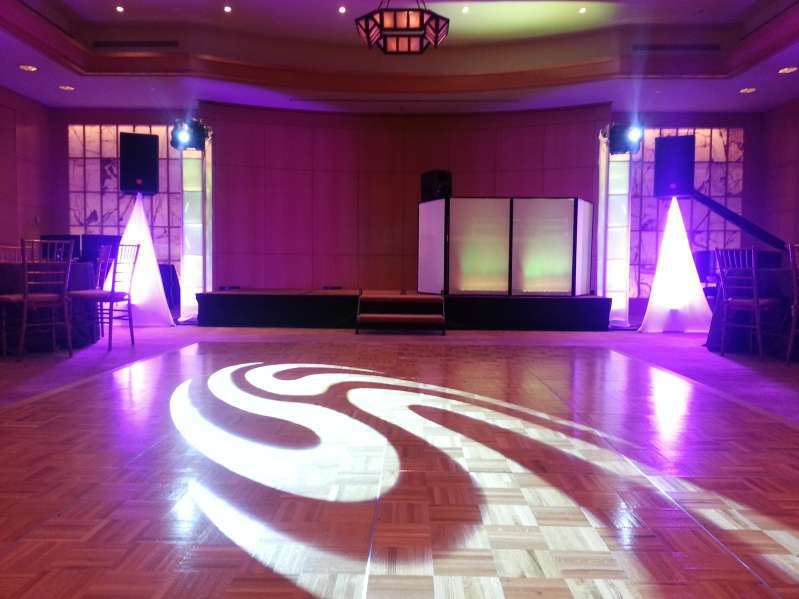A Revolutionary Power for Lighting on Enhancing Dancing Area Visuals
Wiki Article
Illumination plays a key role in establishing the ambiance of a dancing area. It can convert a basic space into an dynamic environment that boosts the overall encounter for dancers and audience alike. The right lighting can affect the vibe, energy, and even the style of the dance being performed. By using multiple types of lighting, such as spotlights, colored illumination, and strobe effects, event organizers can design a dynamic environment that captivates the audience and invites participation.

One of the main functions of lighting on a dancing area is to showcase the dancers. Focused lights can be used to direct attention on solo dancers or teams, making them the focal point of attraction. This technique not only showcases their actions but also adds a layer of drama to the show. When dancers are illuminated effectively, their expressions and techniques become more visible, allowing the audience to appreciate their skills. This focused lighting can also help to create a narrative, guiding the audience through the show.
In addition to highlighting performers, colored illumination can greatly affect the atmosphere of the dancing area. Various colors elicit varied emotions; for example, warm colors like red and orange can create a sense of excitement and vitality, while cooler colors like blue and emerald can encourage calmness and relaxation. By strategically using colored lights, event planners can manipulate the environment to align with the concept of the occasion or the type of the dance. This thoughtful approach to lighting design can enhance the overall experience for all involved.
Flashing lights and other active lighting features can also add thrill to a dance floor. These effects can create a sense of rhythm and motion that matches the soundtrack being performed. When synchronized with check it out the beat, strobe lights can make the dancing area feel vibrant, inviting dancers to groove in sync with the pulsing lights. This interaction between light and music can elevate the energy of the event, making it more pleasurable for both dancers and audience. The use of such effects requires careful planning to ensure they improve rather than divert from the show.
Finally, the overall setup of the lighting arrangement is crucial for creating a unified aesthetic on the dance floor. A well-thought-out lighting plan takes into account the configuration of the space, the type of dance being executed, and the spectators' encounter. By integrating various lighting methods, such as background lighting, highlighting, and special effects, organizers can design a aesthetically impressive environment. This attention to specifics not only improves the performance but also creates a memorable impression on the audience, making the occasion unforgettable. In conclusion, the transformative power of lighting is essential in enhancing dance floor appearance, establishing an engaging and enjoyable encounter for all.